
Junior physics major Grady Mellin fights Salt Lake City’s recent bad air quality by wearing a mask. Student Health Services offers free masks to keep the Griffins healthy during winter inversion. Photo by Christian Anderson
Salt Lake City may be one of the most desired cities to visit for skiing and snowboarding, but the air quality has worsened due to a winter with only a few major storms.
On Feb. 12, 2016, Salt Lake City had the highest levels of pollution in the country, according to the Air Quality Index (AQI).
The Utah Department of Environmental Quality breaks down the AQI into six sections. The AQI levels range from good to hazardous. Salt Lake City has been classified as “unhealthy” based on the particle pollution (PM2.5) in the air.
Despite the poor air quality, many people in the outdoor demographic are attracted to Westminster. Leah Scott, junior neuroscience major, has a season pass to Snowbird and is part of other athletic organizations.
“I play indoor soccer, and even inside the soccer field it’s terrible,” Scott said.
Grady Mellin, junior physics major, is originally from a small town in New Hampshire.
“It’s the cleanest air ever, where I’m from,” Mellin said. “Coming [to Salt Lake City], you can taste the pollution.”
Many Sugar House residents hear the word “inversion” on a regular basis. Inversion happens when the temperature of the air high above the ground is warmer than the air near the ground. This traps air pollution in and doesn’t allow it to dissipate.
Brent Olson, assistant professor of environmental studies, has taught at Westminster for four years but has worked with environmental studies since 2004.
“Inversion is in fact a natural phenomenon, but the dangerous air quality is fully human and political,” Olson said. “I like to think of this as not just inversion, but really as a consequence of air pollution that is exacerbated by humans.”
Salt Lake City released a fact sheet that illustrated the sources that affect air quality during winter inversion. The three main sources that affect air quality are vehicle sources (57 percent), area sources such as homes and buildings (32 percent) and industry sources (11 percent), according to the Utah Department of Environmental Air Quality.
Many people in the Westminster and the Sugar House community have a major interest in winter sports, many of which have been affected by the air quality. Many Salt Lake residents have taken to visiting the resorts in Park City to escape the inversion.
“When you’re driving down from the canyon, it’s like driving into the land of doom,” said Scott, junior neuroscience major. “It will be blue skies at the resorts, but smoggy down near campus.”
Westminster’s Student Health Services offers free masks to filter out the bad air, which students can pick up in the basement of the Shaw Student Center.
The American Lung Association put together “The State of the Air 2015,” which grades cities for their air quality in relations to high ozone and particle pollution. Salt Lake City received an “F” for both categories.
Olson, assistant professor of environmental studies, said there are many ways to get involved individually. He listed ideas like finding alternate transportation such as a bus or a bike and even walking when possible.
“Individual action is important, but what will really make change is political action,” Olson said. “Be sure to write your local representative at the statehouse.”

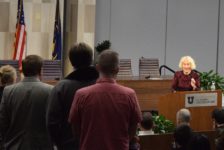

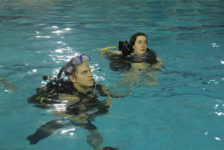
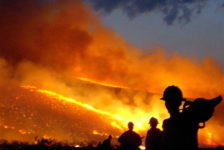

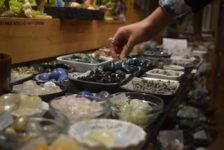
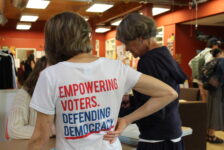


Melissa@AirPurifiers
Such an informative blog. The way it has shared the whole scene and the figures. Pollution is really an alarming issue of this time. People are suffering from many diseases just because of this contaminated air.